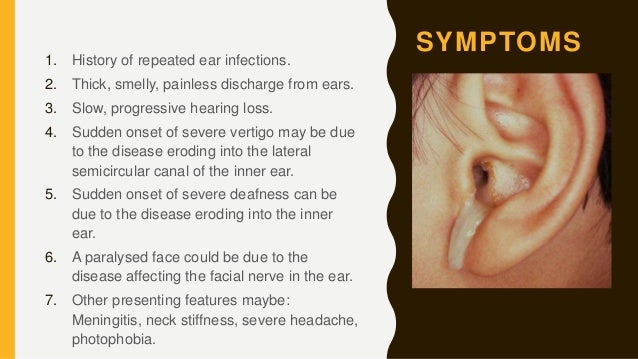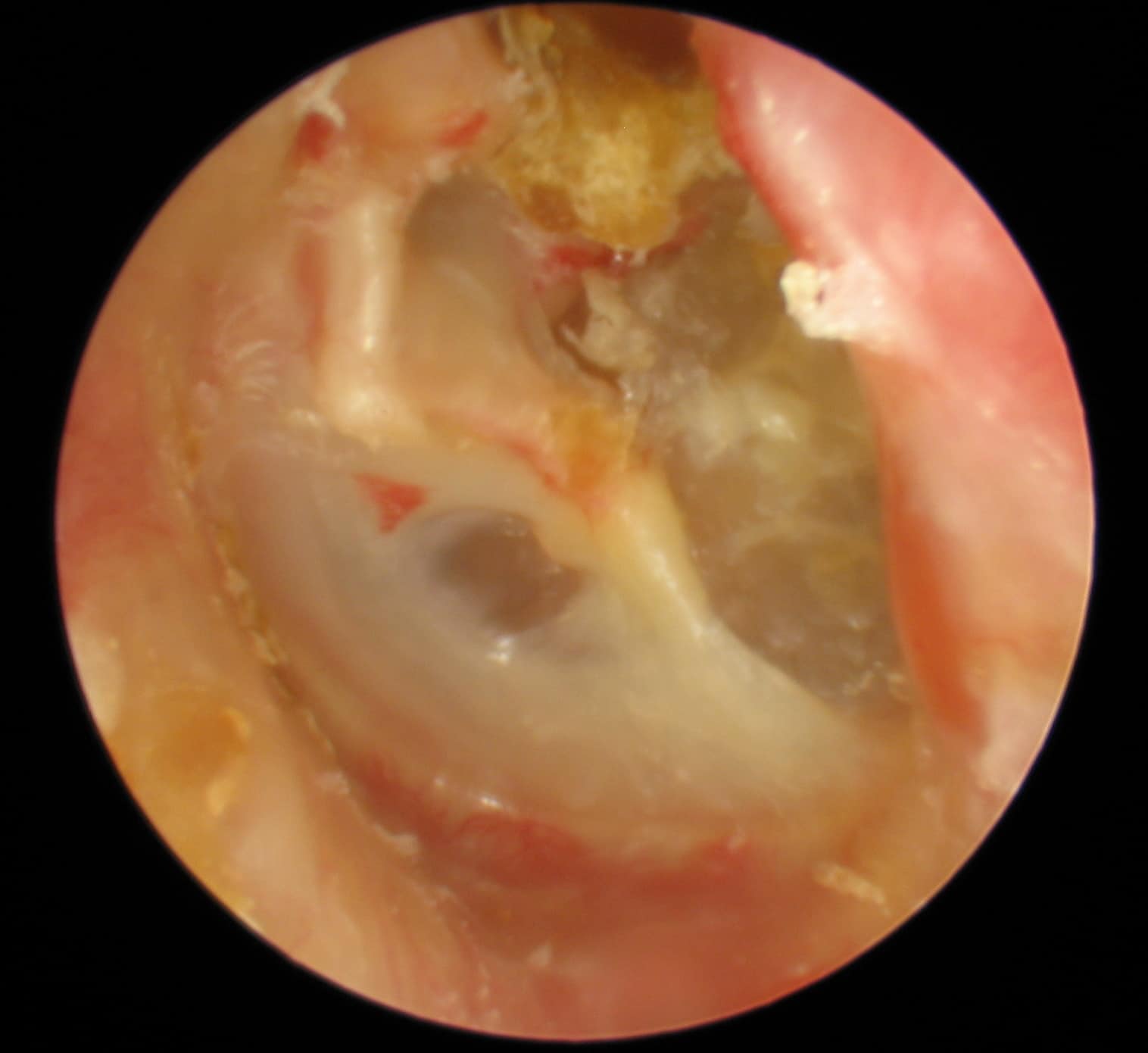Cholesteatomas are histologically equivalent to an epidermoid cyst and are composed of desquamated keratinizing stratified squamous epithelium forming a mass.
Cholesteatoma of attic definition.
An epidermoid cyst usually in the brain arising from aberrant embryonic rests and appearing as a compact shiny flaky mass called also pearly tumor.
Although benign it may enlarge and invade adjacent bone.
Medical definition of cholesteatoma.
This is the most common and widely considered as the main reason for cholesteatoma.
This can result in the destruction of the bones of the middle ear as well as growth through the base of the skull into the brain.
Cholesteatoma is an accumulation of squamous epithelium and keratin debris that usually involves the middle ear and mastoid.
Dr subhan iqbal and assoc prof frank gaillard et al.
It may be a birth defect but it s most commonly caused by repeated.
Wikipedia lexilogos oxford cambridge chambers harrap wordreference collins lexibase dictionaries merriam webster.
As skin cells gather the cholesteatoma grows.
A cholesteatoma is a skin growth in your middle ear behind your eardrum.
They often become infected and can result in chronically draining ears.
Cholesteatomas are not cancerous as the name may suggest but can cause significant problems because of their erosive and expansile properties.
Often presents with a malodorous ear discharge with associated hearing loss.
Eventually it can cause infections drainage and hearing problems.
It starts out as a build up of skin cells and earwax that then becomes a lump.
Search attic cholesteatoma and thousands of other words in english cobuild dictionary from reverso.
No landmarks are visible which typically is the case with.
A cholesteatoma is an abnormal noncancerous skin growth that can develop in the middle section of your ear behind the eardrum.
A large epitympanic attic cholesteatoma that is much more advanced than the lesion in the previous image.
Diagnosis is clinical based on history and otoscopic findings.
Cholesteatoma is a destructive and expanding growth consisting of keratinizing squamous epithelium in the middle ear and or mastoid process.
Invagination of the tympanic membrane of the attic to form retraction pockets to be filled with desquamated epithelium and keratin to form cholesteatoma.






















